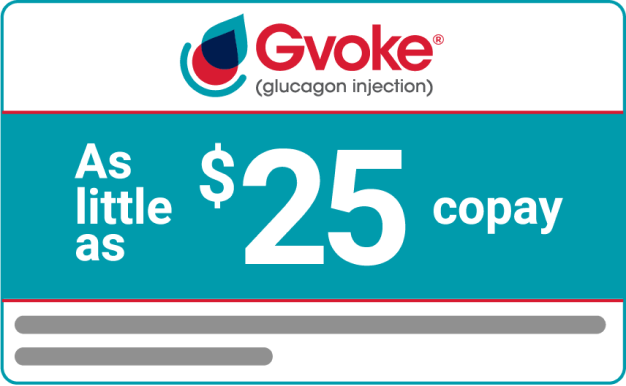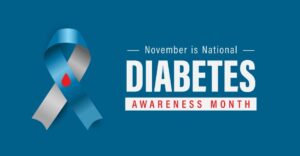
Be Ready With Gvoke HypoPen®
The ready-to-use rescue pen used to treat very low blood sugar in people with diabetes ages 2 and above1


Proven to Work

Ready to Use

Simple to Administer

Face Severe Low Blood Sugar With Confidence
Managing blood sugar levels is challenging no matter how dedicated you are to your treatment plan. If you are on insulin or sulfonylureas for your diabetes, you’re at increased risk for low blood sugar.4 The good news? Gvoke HypoPen is a ready-to-use rescue pen you can count on to bring very low blood sugar levels back up quickly — your safety net for when it matters most.1†
†In two clinical studies in adults, blood sugar levels that were less than 50 mg/dL increased to above 70 mg/dL or increased by at least 20 mg/dL within 13.8 minutes on average.1
Discover the Simple 2-Step Administration2,3


Become familiar with how to use Gvoke HypoPen before an emergency happens and show your relatives, close friends, or caregivers where you store it and how to use it.
Tristan’s Gvoke HypoPen Story
Learn why Tristan, a college athlete who lives with type 1 diabetes, has Gvoke HypoPen with him at all times — and how he used it to treat severe low blood sugar.

How To Get Gvoke HypoPen
If you or your loved one doesn’t have a prescription for Gvoke HypoPen, talk to your doctor today.
If you live in a state that has a glucagon standing order, you can get it at your local pharmacy.
Explore the Gvoke® Blog
REFERENCES:
1. Gvoke [prescribing information]. Chicago, IL: Xeris Pharmaceuticals, Inc.
2. Valentine V, Newswanger B, Prestrelski S, Andre AD, Garibaldi M. Human factors usability and validation studies of a glucagon autoinjector in a simulated severe hypoglycemia rescue situation. Diabetes Technol Ther. 2019;21(9):522-530.
3. Gvoke HypoPen [instructions for use]. Chicago, IL: Xeris Pharmaceuticals, Inc.
4. McCall AL, Lieb DC, Gianchandani R, et al. Management of individuals with diabetes at high risk for hypoglycemia: an Endocrine Society clinical practice guideline. J Clin Endocrinol Metab. 2023;108(3):529-562.
Indication
GVOKE (glucagon) is a prescription medicine used to treat very low blood sugar in adults and children ages 2 years and above with diabetes.
Important Safety Information
- Do not use GVOKE if you:
-
- Have a tumor in the gland on top of your kidneys, called a pheochromocytoma because of the risk of a substantial increase in blood pressure
- Have a tumor in your pancreas called an insulinoma because of the risk of low blood sugar
- Are allergic to glucagon or any inactive ingredient in GVOKE. Stop using GVOKE and seek immediate medical attention if you experience any symptoms of a serious allergic reaction such as rash, difficulty breathing, or low blood pressure
- Before using GVOKE, tell your doctor about all the medicines you take and your medical conditions, including if you have not had food or water for a long time (prolonged fasting or starvation), have low blood sugar that does not go away (chronic hypoglycemia), or have a history of a skin rash called necrolytic migratory erythema (commonly associated with glucagon-producing tumors)
- The most common side effects reported in adults are nausea, vomiting, swelling at the injection site, and headache
- The most common side effects reported in children are nausea, low blood sugar, vomiting, headache, abdominal pain, high blood sugar, pain or redness at injection site, and hives
- Inform caregivers on the Instructions for Use of GVOKE, and symptoms of severe hypoglycemia, which include unconsciousness and seizures or convulsions
- Store in original container until time of use, and at room temperature between 68°F to 77°F (20° C to 25° C)
- You are encouraged to report side effects of prescription drugs to the FDA. Visit http://www.fda.gov/medwatch or call 1-800-FDA-1088
Please talk to your doctor and see full Prescribing Information and Patient Information Guide for GVOKE.










